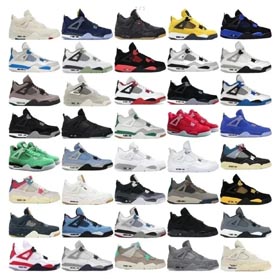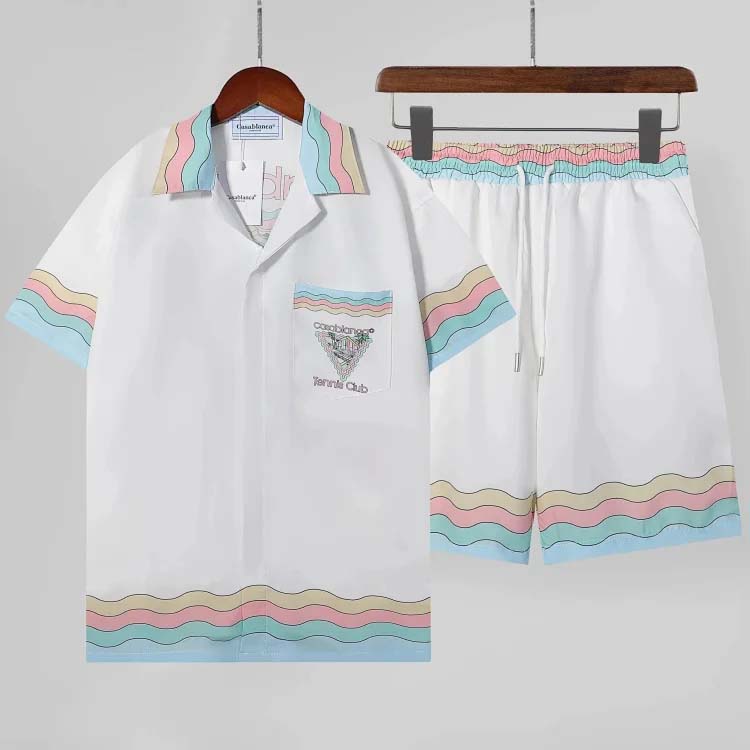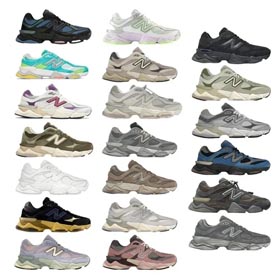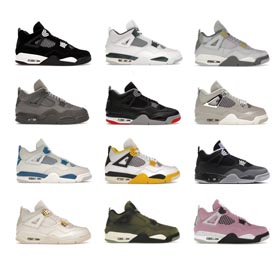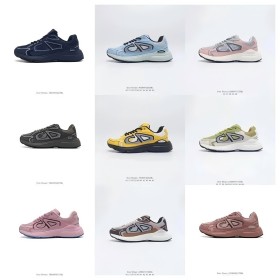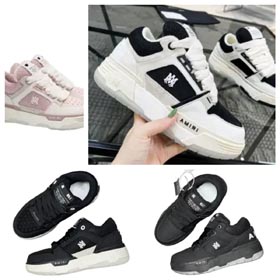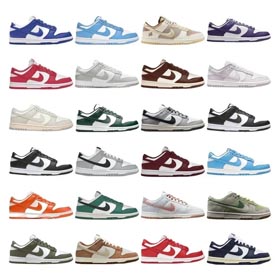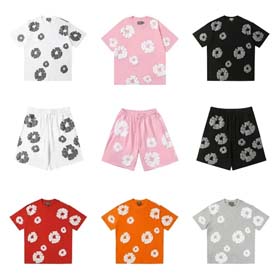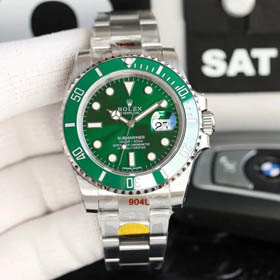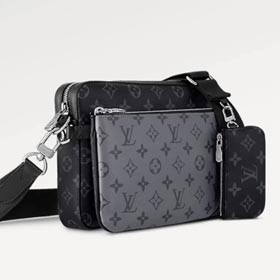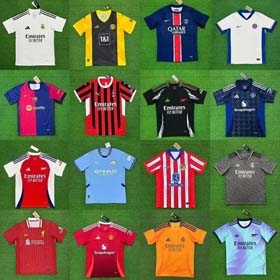Brand Partnership Evaluation
When it comes to assessing potential brand partners, having a robust evaluation system is crucial for ensuring the success of any collaboration. By leveraging reviews and spreadsheet data, one can accurately evaluate potential partners and make informed decisions that align with business objectives.One effective method for this assessment is through the use of a four-quadrant evaluation model within a spreadsheet. This model intersects two key metrics: the "authenticity rate" of products supplied by the brand and the "customer repurchase rate." By analyzing these two factors, one can categorize suppliers into four distinct quadrants, which can then guide the decision-making process.The "authenticity rate" refers to the percentage of products that are genuine and meet the brand's quality standards. A high authenticity rate indicates that the supplier is reliable and maintains a strong commitment to product integrity. On the other hand, the "customer repurchase rate" measures the frequency with which customers return to purchase from the same supplier, reflecting customer satisfaction and loyalty.By plotting these two metrics on a spreadsheet, one can create a visual representation that divides the data into four quadrants:Quadrant 1: High Authenticity Rate and High Repurchase Rate - These are the "double high" suppliers, indicating both high-quality products and satisfied customers, making them the top choice for partnerships.Quadrant 2: High Authenticity Rate and Low Repurchase Rate - Suppliers in this quadrant may offer genuine products but lack in customer retention, suggesting a need for improvement in customer service or marketing.Quadrant 3: Low Authenticity Rate and High Repurchase Rate - These suppliers may have loyal customers but fail to deliver on product quality, posing a risk to the brand's reputation.Quadrant 4: Low Authenticity Rate and Low Repurchase Rate - Suppliers in this quadrant are not ideal partners due to both poor product quality and low customer satisfaction.By prioritizing "double high" suppliers (Quadrant 1), businesses can significantly reduce the risk associated with brand partnerships by more than 60%. This approach not only ensures the quality of the products being offered but also capitalizes on the positive experiences of returning customers, leading to a stronger and more sustainable partnership.For further insights and to explore the quality of products, one can visit an external link such as Chanel Handbags and Footwear, which may provide additional context on what constitutes a high-quality brand and the expectations customers have when engaging with luxury goods.

